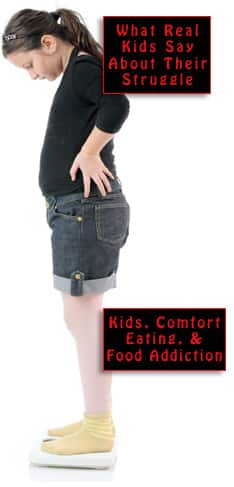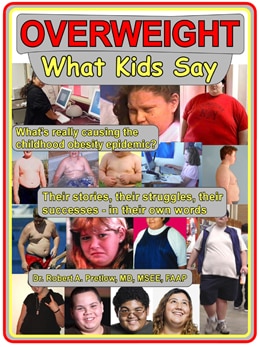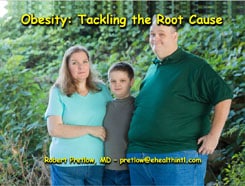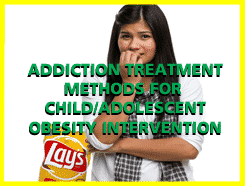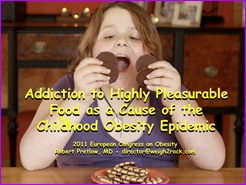
Courtesy of the Oprah Winfrey Network, March of 2011 brought the TV audience a new reality show, “Addicted to Food.” It was recorded on location at the Shades of Hope Treatment Center, a facility specializing in eating disorders and addiction. Shades of Hope founder and CEO Tennie McCarty has found that addicts come from homes affected by dysfunction, abuse, addiction, or some combination of all three. The work that must be done is “to delve deep within and confront not only the outward behaviors of addiction, but also the secrets, pain, self-loathing, and blame that lie beneath.”
How long does that take? At minimum, 42 days, which is the length of the Intensive Residential Program. This has been shown to be enough time to dig into the psychological issues, learn the tools of recovery, and achieve a solid state of abstinence. The process is not easy, and the rules are strict, for good reason. No alcohol, no smoking, no other types of addictive substances are allowed, because to run a program meant to end one sort of addiction while allowing other addictive substance to be used is just plain silly.
While a client’s weight may be tracked, it is not revealed. The point is to get away from the idea that “it is always about the numbers and the connection of worth/control/success to the number on the scale.”
And that’s not all…
Oh — and no TV, or books or magazines are allowed either, because people need to be thinking about their own issues, not about the larger world or some imaginary characters. McCarty explains that the goal is to allow all the negative feelings to emerge and “slap the client in the face.” Hopefully, that blow will metaphorically knock the mask right off, exposing the anger and all the other stuff. When this happens, the client is said to be “showing up.”
The Intensive period includes Family Week, and then another week in which to process whatever transpired during that time, and to figure out what’s next — which might be a transitional period, either still at the Shades of Hope, or at another facility. Or perhaps it is time to return home, and get back to school, work, or whatever.
But… and this is a big but…
None of these stages can be regarded as an end point, because this is not a race where a person breaks through a ribbon at the end of the course. Nope, says McCarty. It’s all about a lifelong commitment, during which the individual must be constantly on guard because that inner void still cries out to be filled, and “switching” addictions is definitely a real possibility, to be avoided at all costs. Day by day and minute by minute, the commitment — to use new attitudes and new tools to change old patterns — must be scrupulously kept.
McCarty offers five helpful “tips” for recovery, more thoroughly described on her page, and worth looking into:
1. Be conscious of what you eat.
2. Eat with intention.
3. Maintain a healthy meal plan.
4. Eat by the clock.
5. Recovery is not a diet, but a way of life.
The show made at this “extremely difficult rehab center” involved eight clients, and it must have been edifying for Oprah to recognize which one (or ones) she most closely identified with. Seven years later, InTouchWeekly.com made an attempt to follow up on the participants, which proved to be rather half-hearted and largely unsuccessful. But their website also contains the trailer for the original show, which is pretty interesting. SocialWorkersSpeak.org also took note of the series and made some comments.
In the next chapter of Oprah Winfrey’s life of up-and-down weight shifts, we will see things take off in a whole different direction.
Your responses and feedback are welcome!
Source: “Addicted to Food Q&A: Tennie McCarty and Tough Love,” Oprah.com Source: “Remember Oprah’s Reality Show ‘Addicted to Food’? Here’s What the Cast Is up to in 2018,” InTouchWeekly.com, 03/01/18
Source: “Oprah Winfrey Network’s ‘Addicted to Food’ Tackles Emotions Behind Eating Disorders,” SocialWorkersSpeak.org, 05/12/11
Image by Pat Hartman

 FAQs and Media Requests:
FAQs and Media Requests: 